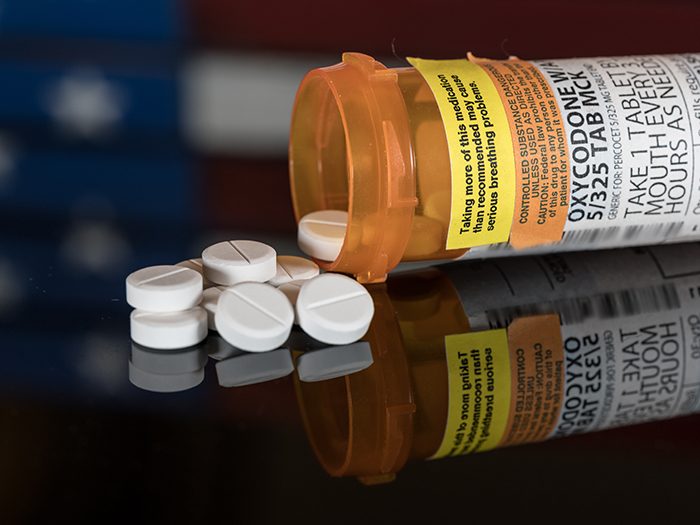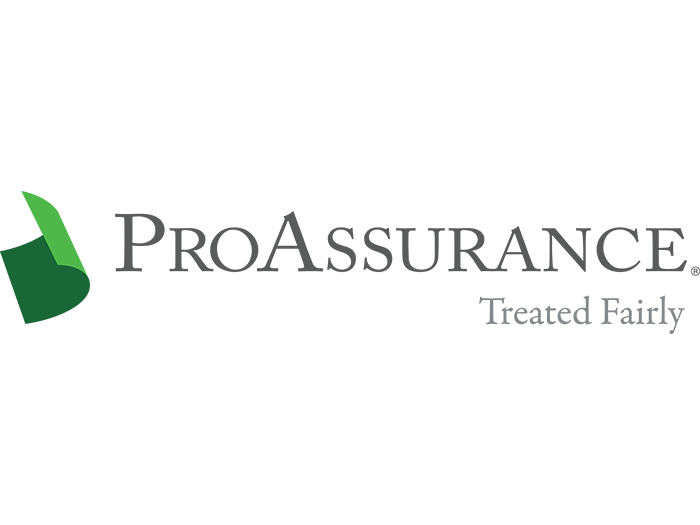Alternatives to Opioids
5 Ways to Help Injured Workers Avoid Opioid Misuse

While opioid medications have taken Public Enemy No. 1 status in the last few years, they do have their place. Opiates make sense for patients with cancer-related pain, traumatic injuries like burns and amputations, invasive surgeries and certain other conditions. That said, an enormous spectrum of conditions are still being unnecessarily treated with opioids.
Both the health care industry and the workers’ comp industry are working to turn that around. Employers can join in the effort by giving injured workers the support they need to recover without opioids. Here are five ways employers can help.
1) Educate Your Workforce
Most people tend to simply accept whatever prescription the doctor writes without questioning it. Despite widespread public attention on opioids, some people still may not grasp the havoc that opioids can wreak on the body. There are plenty of addicted patients who likely never would have agree to take them had they understood what they were ingesting.
Employers can help their workforce become better educated health-care consumers. Include myths and facts about opioids in your rotation of safety and workers’ comp training topics. Make sure workers understand opioids are known to cause all manner of discomfort from itchiness to nausea and constipation — even respiratory depression.
Some people quickly develop a tolerance to the drug, meaning they require ever high doses to manage pain. Worse, some actually experience an increased sensitivity to pain, and wind up taking yet more opioids in an attempt to manage the increased pain. This can result in not only addiction, but respiratory failure and death.
Educating workers on the alternatives to opioids should also be a part of the equation, said Mark Pew, senior VP, Product Development & Marketing for Preferred Medical.
“It’s important for them to understand the benefits versus the risks of opioids. But they also need to know that there are other things at their disposal – things that they can do for themselves or ask their doctor for.”
Those things include deep diaphragmic breathing, mindfulness, yoga, massage therapy, dry needling, acupuncture, cognitive behavioral therapy and more, said Pew. If necessary, short-term NSAIDS or Gabapentin might be a consideration in some cases.
2) Manage Expectations
There’s a world of difference between managed pain and zero pain. The bottom line is that injuries hurt, and so do surgeries. Managing the pain to a tolerable level is a reasonable goal. Eliminating the pain probably isn’t, not at first. Pain is a normal part of the healing process, and it improves over time. “Pain-free” is a mindset that took hold in the US at the height of the opioid marketing push. Turning that mindset around is a challenge.
In a pain relief video posted to YouTube, Dutch hand surgeon Teun Teunis noted, “In the U.S., if you break your ankle and have surgery, you take one of the strongest opioids available. In the Netherlands, you take acetaminophen, a non-opioid pain reliever, just as in most other countries. And pain intensity and satisfaction with pain relief are no different. It seems that when a Dutch person breaks their ankle and needs surgery to repair it, they think, ‘This is going to hurt.’ But in the United States, we think, ‘Why am I hurting?’ ”
For non-complex injuries and minor surgeries, it’s often possible to manage with non-opioid analgesics like acetaminophen, ibuprofen or a staggered combination of the two. If pain is disrupting sleep, patients can supplement with a low dose of an opioid medication at night for a day or two.
One thing injured workers should avoid — especially in the early stages of an injury or immediately after minor surgery — is letting the pain build up. They should be taking non-opioid analgesics at the recommended intervals, or at the first sign of discomfort. Waiting too long can allow the pain to become unbearable, and convince patients to use the supply of opioids they left the ER or the surgery center with.
3) Increase Resiliency with Wellness
The body’s natural healing abilities can be greatly enhanced by a person’s overall health and wellness. Employers can be proactive by cultivating a robust wellness culture. Fit and healthy workers are better able to avoid prolonged pain after an injury.
“It’s important for them to understand the benefits versus the risks of opioids. But they also need to know that there are other things at their disposal – things that they can do for themselves or ask their doctor for.” — Mark Pew, senior VP, Product Development & Marketing, Preferred Medical
Habits such as smoking and inactivity and comorbidities such as obesity can have a dramatic effect on pain severity and duration. As pain drags on, people lose patience with feeling pain and may turn to opioids to make it finally stop.
A healthy diet, good muscle tone, well managed blood pressure and good stress-management skills are all goals that employers can help their people work toward, said Pew.
“From a wellness standpoint, you can set the standards,” said Pew. That might mean swapping out soda for vitamin water or candy for protein bars in the vending machines. It might mean providing standing desks, or advocating for walking meetings, or reminding workers to get up and walk around every hour. It might mean bringing a nutritionist in to teach people how to cook with less oil and less sodium.
“You can convey this attitude and let it permeate [through the organization],” said Pew. “It sends a subtle message that the best way to deal with life’s curveballs is to develop some resiliency.
“We need to focus on the whole person so when the injury occurs, they’re more fit psychologically, emotionally and physically, so that the injury isn’t catastrophic, and they’re not out of work as long.”
4) Have a Robust Return-to-Work Program
Employers may not be thinking of it in these terms, but a strong return-to-work program is an excellent pain-management tool. It sounds simplistic, but simply having something else to focus on is a technique that works.
“Of course you don’t want to ask them to do more than they’re capable of, but getting them back into the work environment is so important,” said Pew.
He recalled that two years ago at the National Workers’ Compensation and Disability Conference®, Marcos Iglesias, one of his clinical mentors and now the medical director for Broadspire, “made this comment that stuck with me — that ‘worklessness is a comorbidity.’
“The inability to do work is just as bad as hypertension, smoking, or kidney disease.” Said Pew.
“It’s because the sense of value, the sense of accomplishment, the sense of collaboration that you get from working, you can’t get from sitting at home feeling sorry for yourself, watching TV commercials about drugs and about personal injury attorneys — both of whom are turning you into a victim.”
During recovery, a worker might be able to do a modified version of his or her existing job or it may be a slightly different job. Whatever the case, it’s important that the work be meaningful.
“Partial duty shouldn’t be something so insignificant and so mind-numbing that it’s worse than sitting at home,” said Pew, noting that companies with limited light duty options sometimes choose to send workers to non-profit facilities during their recovery.
“Even though they may not be at their regular work, they’re doing good someplace, they’re not just sitting home in the dark basement feeling sorry for themselves” and thinking about their pain, he said.
5) Work with Treating Physicians
Engaging directly with treating physicians is a good strategy for ensuring that workers aren’t being prescribed opiate medications unnecessarily. But an employer or payer’s ability to engage with treating physicians may be limited depending on the state.
“Connecticut has ex parte rules that you absolutely positively cannot speak to [an injured workers’] physician, and the physician is purely the choice of the injured worker,” said Pew. “While in states like Georgia, the employer selects the panel of physicians and workers have to [utilize] those physicians. In Texas and California, employers can create networks of physicians and there are benefits for employees who use that network.”
If employers are able to select their physician panel, it’s important to select doctors who are experienced and who understand the nuances of occupational health, said Pew, and to ensure that their sole focus is return to work and return to function.
“Fill your network with doctors who are very competent, who follow evidence-based medicine, and that have demonstrated proof, over time, that they deliver people back to work and back to function quickly — but not so quickly that they reinjure themselves,” he said.
Employers who can’t influence clinician selection may still be able to help injured workers avoid opioid pitfalls by providing case managers or nurse triage providers who are closely aligned with the company’s philosophy on selecting opioid alternatives whenever possible. &











